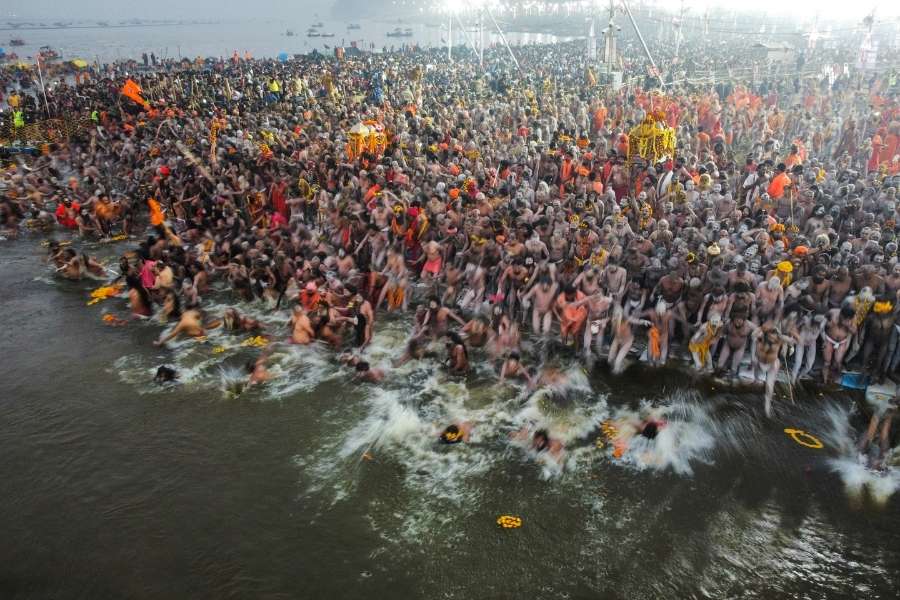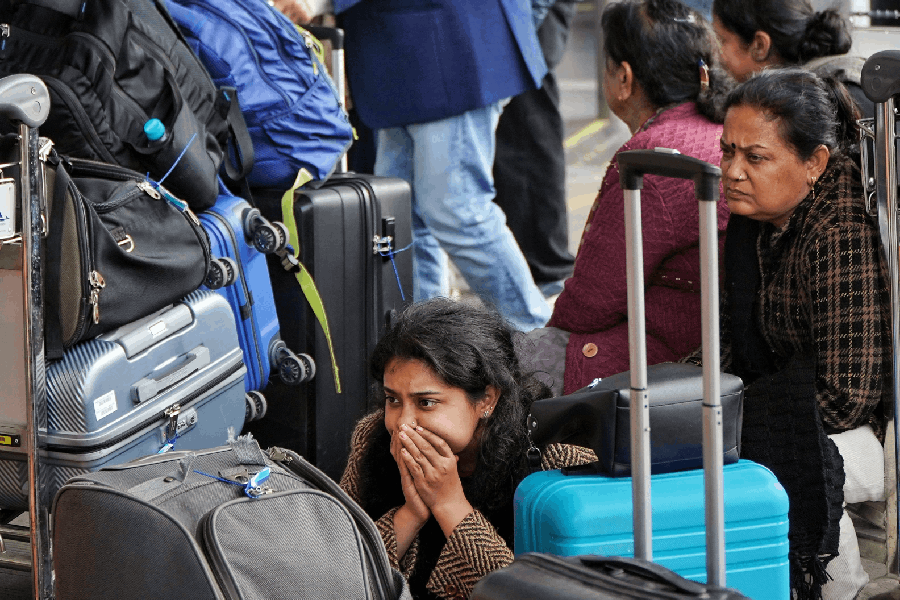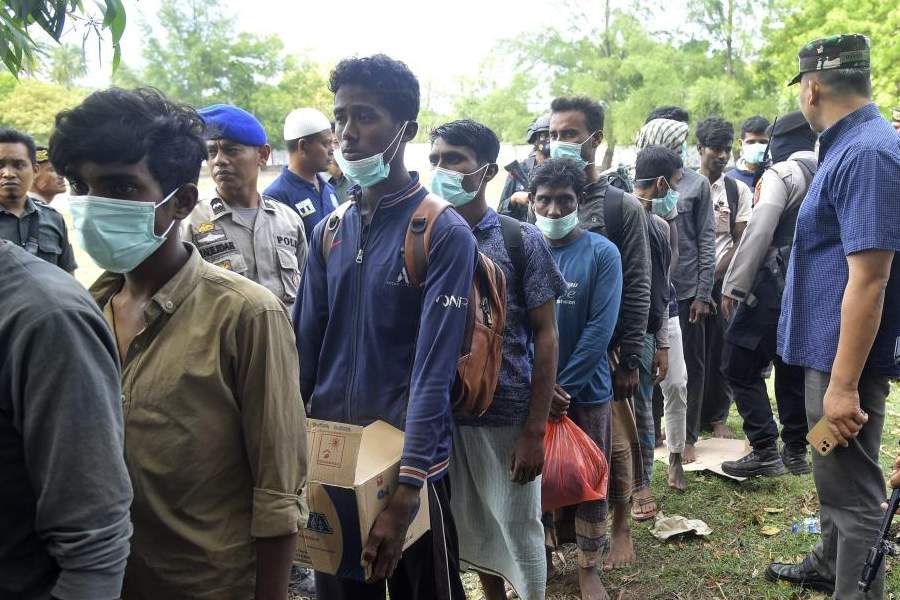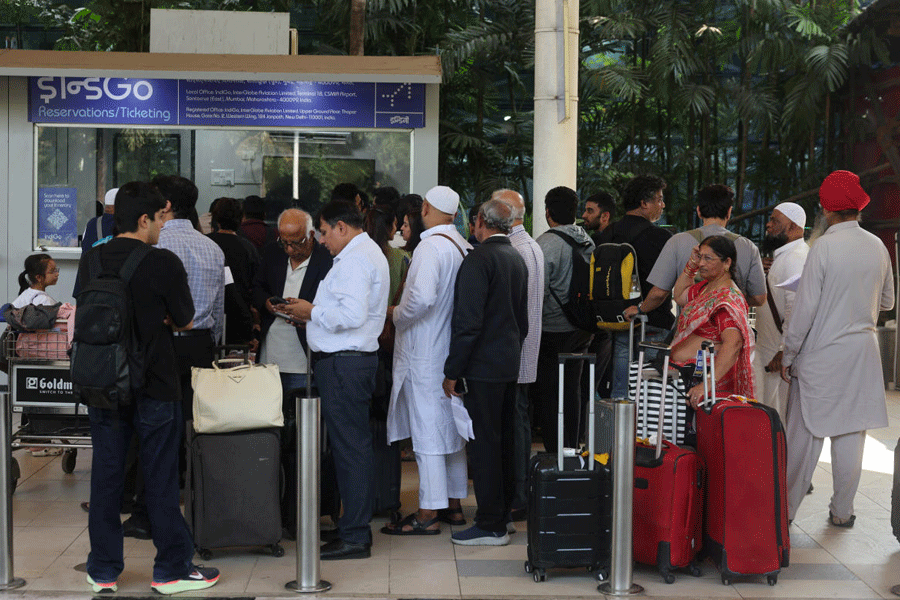Prayagraj, Uttar Pradesh, India. One of the seats of the most sacred Hindu pilgrimage that draws millions of devotees and saints once every 12 years. It is the largest gathering of humans in a geographical area. The purpose of the pilgrimage is to take a holy dip at the sangam, the confluence of the sacred rivers Ganga, Yamuna and Saraswati, to attain spiritual liberation. Mahakumbh also has religious ceremonies, rituals, discourses by saints and grand processions of akharas (monastic orders). From January 13 to February 26, an estimated 40+ crore (400 million or the population of USA and UK combined) will visit the city of Prayagraj for this pilgrimage.
People & Planning
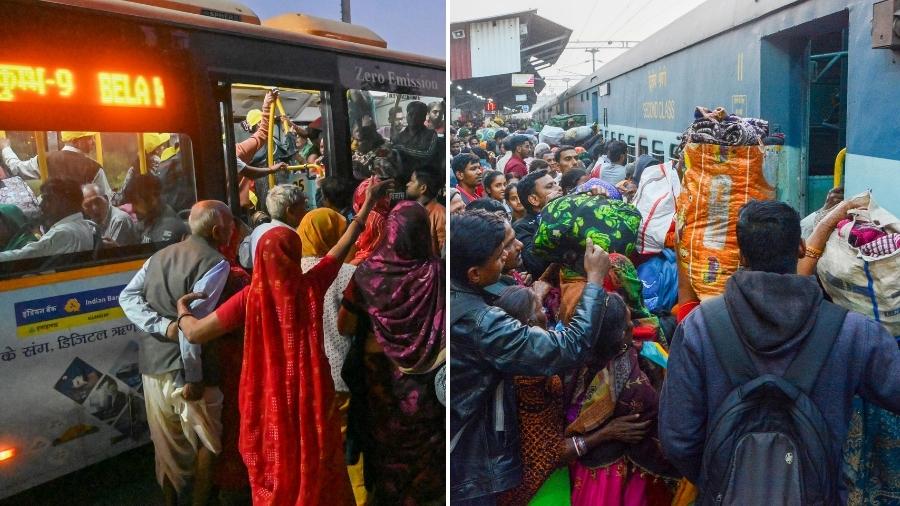
Travel arrangements made for those travelling to the Mahakumbh include special long-distance trains, long and short distance buses and special buses for airport transfers
Reports indicate that a million people have been involved in planning the Mahakumbh logistics. I remember my grandfather telling me about the Haridwar Kumbh in 2010. He called it an experience in humility because you feel truly insignificant and connected to the larger world. Quite literally, you experience being ‘one in a million’. This year’s is the largest recorded gathering in human history. While social media will have us believe that it happened overnight, there is a lot of planning involved in holding the event. The government redesigned the train schedules, built highways connecting the city, and made ‘no car’ zones within the city. Things are not perfect (tragically so this year), but let us not forget that the entire population of most countries have been dwarfed by the number of people heading and assembling in an area that is 30 kilometres in diameter.
There are pop-up settlements and tents for pilgrims (the fancier ones taken by people with spare zeros in their bank account, as happens across the world). Everyone gets food through community kitchens. There is clean water and over a million toilets, too (I would encourage you not to calculate the toilet logistics for 400 million people). My grandfather told me Kumbh back then was a favorite of pickpockets and thieves. I am sure they came this time, too, but the presence of over 50,000 police personnel must have cramped their style a bit.
At this point you must be wondering why is this in a column that usually talks about high performance? Well, the people and planning behind the Mahakumbh fit the definition of high performance perfectly. High performance is characterised by advance and proactive planning. A pop-up metropolis did not appear overnight — the UP government has planned this for the better part of three years. High performance is characterised by clarity of leadership. Throughout this period, there has been a diffused leadership model (each function of operations having their own leadership, with all working towards the central goal) that appears to be working. High performance is adaptive to new technology. The facilities for logistics and security protocols have actively used drones, AI and other tech-informed crowd control measures to monitor the event. High performance is a collaborative process. An event with 400 million people does not work without everyone collaborating on the organisational front. All of this, by the way, coincided with elections in Delhi, with which UP shares industrial and commercial hubs. Things have gone on despite the seemingly insurmountable challenges.
Why go to Mahakumbh?
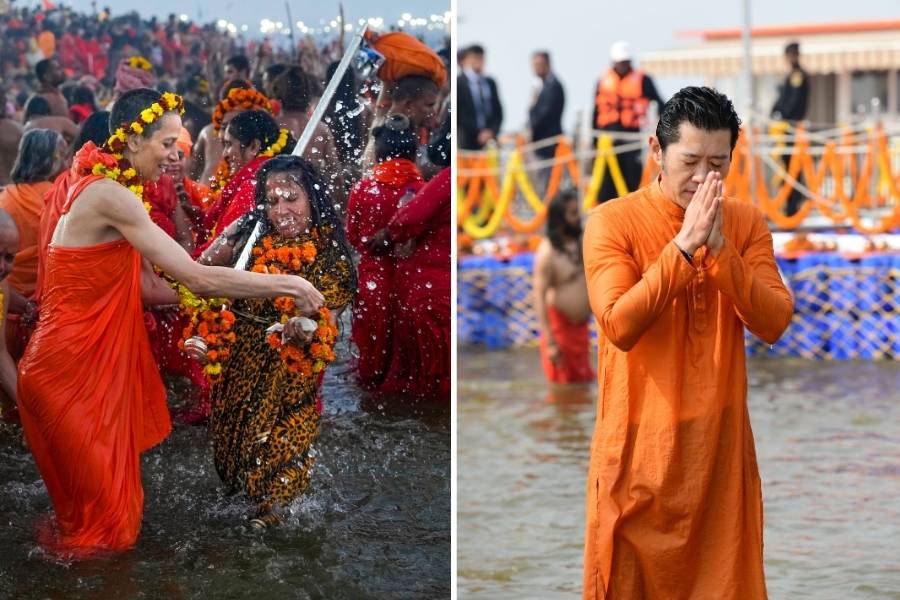
Devotees and travellers from around the globe to world leaders — people from all walks of life are attending the Mahakumbh
There is, of course, a religious reason. For several people whose lives depend on being prominent on Page 3 (or ‘trending’ on reels in 2025), there is a practical reason (PR, in short). For traders and small businesses, there is a professional reason. But try as we might, we cannot fully explain Mahakumbh by stacking the explanations. This is where it is perhaps best to apply Occam’s razor i.e., the problem-solving principle that says the simplest solution is usually the best. The simplest answer to ‘why Mahakumbh’ is that people want to go there. Everyone will have their own reason. Some will feel drawn to it. Some will go to experience togetherness. Some will go for salvation. Some will just go. To me, 400 million people finding their reason to do the same thing makes the thing one of the rare unifying human experiences. And that is always a beautiful thing.
Dr Sahen Gupta is a Kolkata-born, India- and UK-based psychologist who divides his time between mental health support and high-performance coaching. As the founder of Discovery Sport & Performance Lab, he works not only with Olympians and other top-level sportspersons, but also with CEOs and other professionals striving for excellence. Dr Gupta’s mission is to simplify complexities of the mind into actionable and simple ‘doables’ that allow individuals to be mentally fit.

